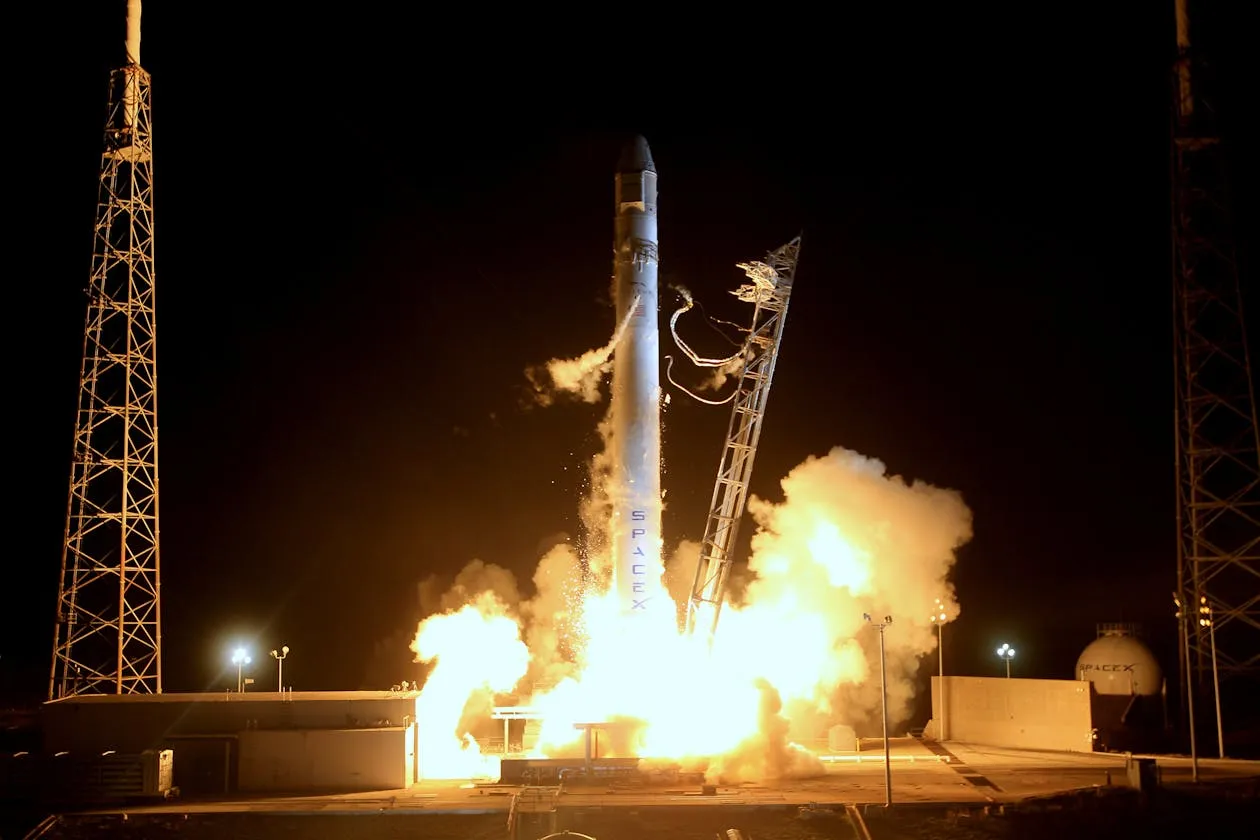
Booz Allen Hamilton, a leading AI provider for the U.S. federal government, has announced a groundbreaking achievement: the successful deployment and operation of a generative AI large language model (LLM) in space. This milestone was accomplished using Hewlett Packard Enterprise’s (HPE) Spaceborne Computer-2, which is onboard the International Space Station (ISS) National Lab. This LLM is believed to be the first of its kind deployed in space, with the goal of eventually enabling astronauts to utilize generative AI without relying on Earth-based internet, even within the challenging power and communication constraints of space.
Chris Bogdan, Booz Allen’s executive vice president and head of the firm’s space business, expressed excitement about this cutting-edge development. “Booz Allen is thrilled to be at the forefront of this advancement. Our commitment is to push the limits of AI and other crucial technologies in space,” he said. “Generative AI in space represents a new frontier, unlocking the potential for on-orbit AI to integrate and develop mission-critical solutions. This aligns perfectly with Booz Allen’s mission to create human-led AI solutions that will benefit our nation.”
Inspired by the Wright brothers’ historic first flights, Booz Allen and HPE successfully uploaded the LLM to the ISS National Lab as part of an innovative payload experiment. The team conducted four successful experiments with new queries, achieving repeatable responses and marking a modern-day breakthrough.
Dan Wald, principal AI solutions architect for space applications at Booz Allen, emphasized the importance of this technology. “When milliseconds count, on-orbit AI is indispensable,” he said. “This patent-pending proof-of-concept showcases our ability to deploy advanced generative AI techniques, such as retrieval-augmented generation, by optimizing a containerized solution for reliable performance in resource-constrained environments at the edge. If we can deploy generative AI in space, it can be deployed anywhere.”
Developed in just eight weeks, this LLM application builds on extensive infrastructure investments by both HPE and the ISS. It plays a crucial role in remote data ingestion and retrieval-augmented generation, helping edge-deployed personnel efficiently access, interpret, and address complex issues using natural language processing even in the harshest conditions. This proof-of-concept not only paves the way for AI deployment in disconnected environments but also has potential applications under extreme conditions on Earth and in space.
Norm Follett, senior director of global marketing at Hewlett Packard Enterprise, highlighted the significance of this achievement. “This breakthrough result by the Booz Allen team aligns perfectly with the mission of the HPE Spaceborne platform: to make previously unattainable technologies not just possible, but deployable.”
HPE’s Spaceborne Computer-2 is a renowned AI edge computing platform, providing the international scientific community with powerful computing capabilities in space and other constrained environments.
For over 60 years, Booz Allen has partnered with defense, intelligence, and civil agencies across the federal government, applying deep mission understanding, innovative data solutions, and systems engineering expertise. The firm’s space solutions address critical challenges in Space Domain Awareness, Advanced Ground Systems, and Intelligence, Surveillance, Reconnaissance, and Earth Observation. This latest deployment reflects Booz Allen’s AI mission: to build, power, and thrive with human-led technology.
To learn more about Booz Allen’s AI capabilities and space solutions, visit their website.




